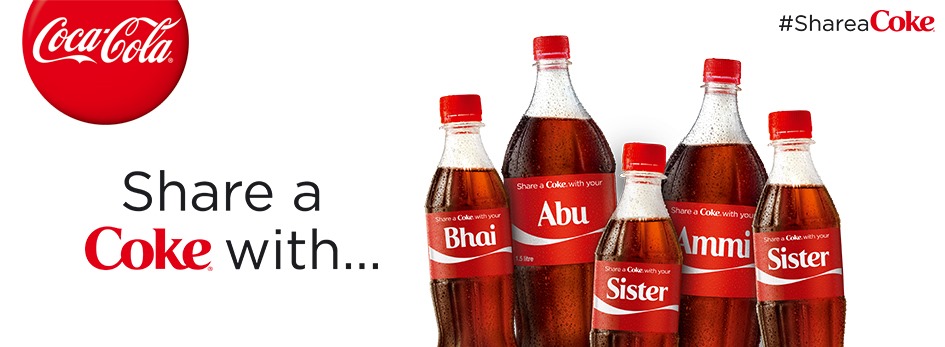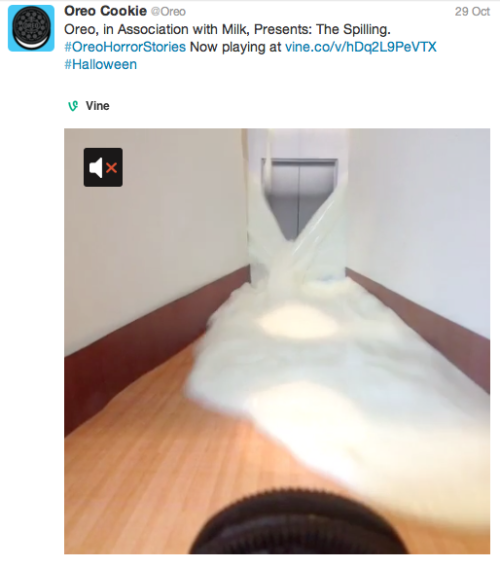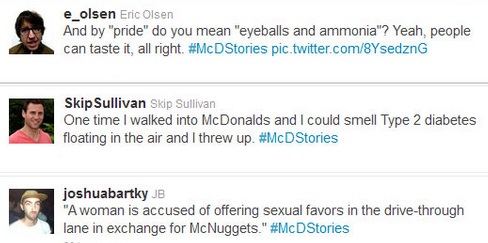What started on Twitter, has now become a symbol across all different types of media, used in every day language by people from various walks of life.
A hashtag is something that was created and then made popular as a way to organise the huge amount of content working its way through Twitter and utilised by online users to discuss specific events, relevant issues and particular topics (Patterson, 2015). These are categorically arranged so that other online users can easily search for the topic and participate in the communications, no matter where they are in the world (Hashtags.org, 2013). The hashtag used to be exclusive to Twitter, however it is no used in everyday life including other social media sites such as Instagram and Pinterest, music videos and digital marketing campaigns, so brands can create conversation and interact with fans.
As more and more people become familiar with this symbol, it is being used widely in marketing campaigns as a linguistic shortcut to put across a short message that consumers will remember. This way, the hashtag works as a snappy slogan that sticks in the consumers memory, as it is usually an unforgettable phrase that is frequently used to express an idea or purpose (Abdi, 2013). It’s so that people can identify this hashtag with a particular company or product.
As well as the hashtag being memorable, it is useful in marketing campaigns as it enables consumers to find the hashtag online (Twitter) and read the conversations surrounding that hashtag. This will involve information on the particular product the hashtag is connected to and the company or brand involved in the campaign.
Creating your own hashtag.
Brands trying to create their own hashtag as part of a digital marketing campaign could find it quite difficult, however if it catches on, they would be able to steer the conversation associated with that hashtag and therefore associated with that brand and company. On the other hand, if it is not done well, company created hashtags can be used against them in posts by unhappy consumers, and this would have a negative effect on the company and the digital marketing campaign the hashtag is involved in.
Using established hashtags.
Using a well known hashtag to promote your brand or product could be dangerous, however if done well, can do wonders for your campaign because if people are already talking about something, the conversation is only going to grow. The key for riding the success of an already trending hashtag is to ensure that it isn’t in any way a controversial trend or topic, and that it’s relevant to your brand (Patterson, 2015). If for any reason a company was to use a controversial hashtag within a campaign without realising, this could lead to a severe backlash for the product and the company.
Here are a few examples of where hashtags have been used successfully.

Coca Cola’s 2014 campaign #Shareacoke (Pas.org.pk, 2016)
This hashtag was used well as it is subtle, located in the top corner of the advert. Also it opened up conversation for consumers to share their Coke experiences with one another.

Oreo’s #Oreohorrorstories campaign (Anon, 2016)
And here is an example of when a hashtag has backfired.

McDonald’s hashtag #McDStories backfired (Hashtags.org, 2013)
In this example, fast food giant McDonalds intended their hashtag to work so that customers could share fun stories about their experiences with McDonalds and Happy Meals. However this quickly turned in to consumers writing all of their complaints about the company, leading to McDonalds quickly removing the hashtag but the damage had already been done.
All things considered, when hashtags are done well they can be an incredible asset within a companies digital marketing campaign, however, they are powerful things that can be dangerous to work with if you aren’t sure how to use them.
References
Abdi, S. (2013). The Importance of Advertising Slogans and their Proper Designing in Brand Equity. International Journal of Organizational Leadership, 2(2), pp.62-69.
Anon, (2016). [online] Available at: http://mediahascookies.tumblr.com/post/65544848786/the-oreohorrorstories-campaign-is-kind-of [Accessed 31 Jan. 2016].
Hashtags.org, (2013). FAIL: Hashtag Campaigns That Went Bust. [online] Available at: https://www.hashtags.org/how-to/marketing-how-to/fail-hashtag-campaigns-that-went-bust/ [Accessed 31 Jan. 2016].
Hashtags.org, (2013). Hashtag History: When and What Started It?. [online] Available at: https://www.hashtags.org/featured/hashtag-history-when-and-what-started-it/ [Accessed 31 Jan. 2016].
Pas.org.pk, (2016). Share a Coke campaign gets whooping success… | Pakistan Advertisers Society. [online] Available at: http://www.pas.org.pk/share-a-coke-campaign-gets-whooping-success/ [Accessed 31 Jan. 2016].
Patterson, M. (2015). 7 Examples of Successful Hashtag Campaigns. [Blog] Social Studies. Available at: http://www.tintup.com/blog/7-examples-of-successful-hashtag-campaigns/ [Accessed 31 Jan. 2016].
Leave a Reply